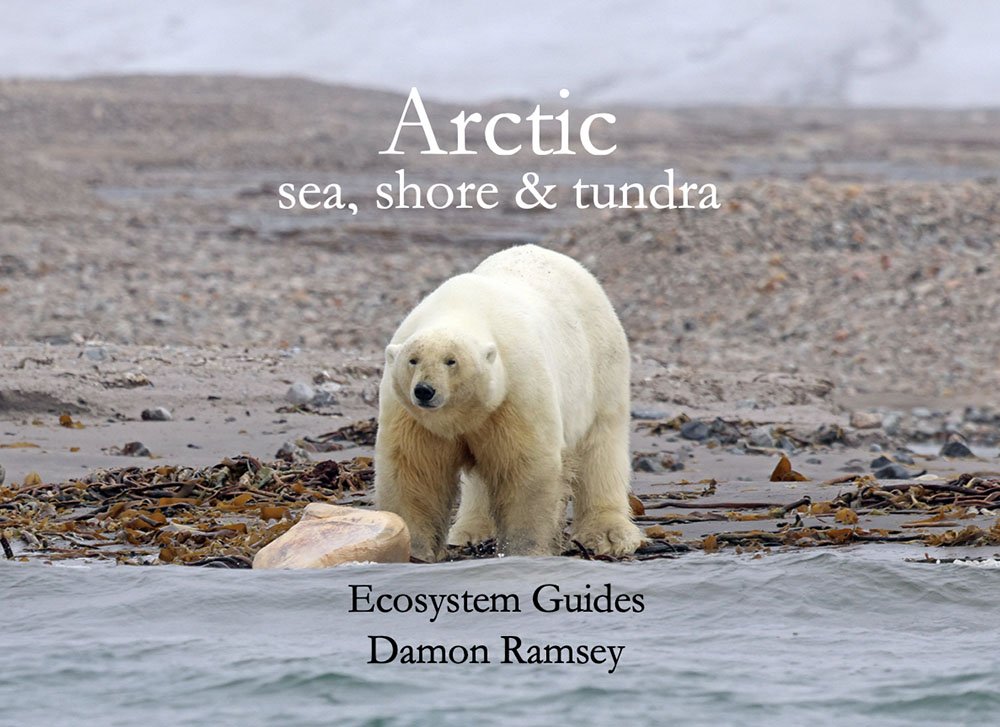ecosystem-guides.com
....exploring the planet's ecosystems
NEOTROPICAL
Tropical Dry Deciduous Forest
The seasonal forests of the Caribbean and Central & South America look dead in the dry season but have a surprising diversity...

The biggest and most obvious of the fruit eaters across the tropical Americas are the Toucans. And in the drier forests it is not different, with stunning species such as the one below, the Collared Aracari.

The South American forests, both dry and wet, typically have a lot of climbing birds that forage up and down tree trunks. The most famous ones are the woodpeckers.
 Lineated Woodpecker, Muyil, Mexico
Lineated Woodpecker, Muyil, MexicoThere are also quite a few stunning smaller songbirds to find. Some of these include 'New World (Wood) Warblers' migrating through from North America, as well as some local sedentary species. Below is the striking 'Magnolia Warbler' that winters in Central America and he Caribbean.
 'Magnolia Warbler' (Muyil, Mexico)
'Magnolia Warbler' (Muyil, Mexico)The most numerous of the smaller mammals are the bats.

Below is the 'Greater Sac-winged Bat', Saccopteryx bilineata.
 Sac-winged Bat (at Yiimtii Lodge)
Sac-winged Bat (at Yiimtii Lodge)There are lots of different squirrels scurrying around the wet and dry forests of central and South America. They are the most common type of mammal seen in the day. Below is the 'Yucatan Grey Squirrel'. Such species are important seed dispersers. Compared to the wetter rainforests, the dry deciduous forest have less fleshy fruits, but there are plenty of 'nuts' (fruits with a harder outer layer) that squirrels have evolved to be able to open and feed on the seed inside. They keep themselves busy with their well known burying of such nuts, and the result of scatterhoarding means the occasional forgotten or unrecovered fruit will result in a new tree.
 Yucatan Squirrel (Huatulco, Mexico)
Yucatan Squirrel (Huatulco, Mexico)Places to experience Neotropical Seasonal & Deciduous Forest
There are various deciduous forests to be found on Caribbean islands and also places such as Santa Rosa national park in Cost Rica. However, I think the most extensive and accessible seasonal forests are in Mexico. There are some interesting national parks and other protected areas here, and the photos I have taken on this page are from places such as Calakmul, Muyil (Sian Ka'an Biosphere Reserve), Huatulco National Park in the central south, and Sumidero with it's spectacular canyons. Some of these protected areas, such as the first two sites, are also known for their Mayan ruins: people visit these areas for the history, but the wildlife is often habituated and visible around the ruins. As of 2024, there was massive construction spread across the Yucatan for a huge train line that would connect many of the ancient ruins and allow access to these dry rainforests.



